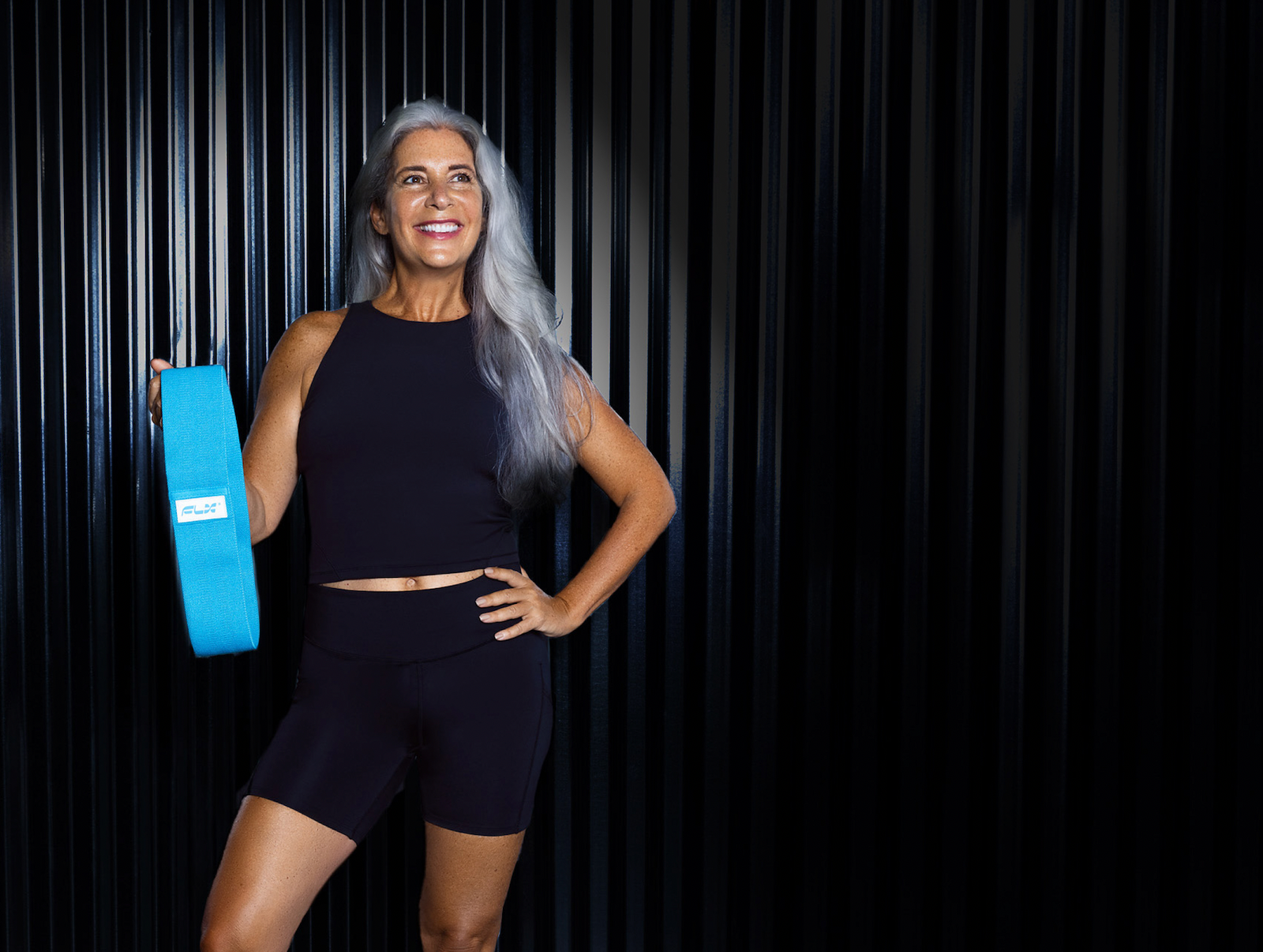The Glute Complex - Building a Stronger Bottom Line

Celebrities like Jennifer Lopez and Jessica Biel are known for their backsides, but a strong glute complex is key for decreasing lower back pain, keeping the pelvis working in unison with the spine, and even walking down the street. The glutes help to propel the body forward while walking, jogging or running and support the lower back during squatting and lifting.
Three Reasons Why You Need Strong Glutes
1 - Back pain
The base of the spine is the pelvis, and the biggest muscles that attach to the pelvis are the glutes. Picture the pelvis as an open soup bowl tilting forward. The glutes help the bowl to stay level and provide a strong base for the spine. If the glutes are weak, the pelvis tips forward and spills out the soup! More importantly, when the pelvis tips forward the vertebrae and discs that are attached to the pelvis tip forward and compress the discs forcing them towards the back and possibly slipping out the backside. It’s for this simple reason of pelvic alignment that the glutes are so important.
2 - Knee pain
The hip bone connects to the knee bone. The knee bone connects to the ankle bone. The ankle bone connects to the floor. Well, it’s not as simple as this, but it’s apparent that the knee is in between the hip/pelvis and the foot. If the pelvis is wobbly and tipping forward or backwards or even sideways, the knee has added pressure on it. When the pelvis isn’t stable, the knee takes the brunt of the pressure unevenly and can cause misalignment of the knee resulting in knee pain. This happens as well when the ankle joint is not in alignment too. The knee is the monkey in the middle, and hence has many opportunities to be out of alignment with pain. Because the pelvis is higher up, there is more gravity pressure than the ankle and hence, pain in the knee is more common from weak glutes than weak ankles.
3 - Poor posture
Because the glutes are the hip extensors, they help push the body forward as the foot propels from the floor. When the glutes are not strong, the pelvis tilts and other muscles start to take over for the push off and the toes start to point outward. This can cause IT band syndrome and other painful hip/knee issues. When the toes point forward, the glutes play their role in pushing off properly and work in unison keeping the pelvis from tipping and the knee from buckling.
How to Strengthen the Glutes
There are many exercises that can help strengthen the glutes. Many people work lunges and squats into their routine which can help unless you’re out of alignment. Resistance bands offer an easy way to help strengthen the glutes in just a few minutes each day.
Resistance Bands. Using a resistance band around the thighs or just below the knees, start walking backwards for 30-60 seconds. The key is to keep the toes pointing straight and push back with each step to activate the glutes. Another great movement is walking sideways stepping out with one foot pushing to the side and closing the gap while keeping tension on the band with the other foot. Be sure to walk sideways with both sides leading the step to create a balanced routine.
Although you can count reps, timing tests for 30-60 seconds can be effective. At the end of each set, work on balance and try stationary standing leg pushes to the side, corners and back.
Hip Bridge Combo. Try these simple hip bridge combos to strengthen the glutes, begin with the FLX Resistance Bands around the thighs:
- Bridge lift pulse. Start lying on back with knees bent. Slowly lift the pelvis and hips upward while keeping the rib cage down. Hold for 8-10 seconds and then pulse at the top 8-12 reps.
- Bridge lift tilt. Start lying on back with knees bent. Slowly lift the hips and tilt the pelvis while keeping the rib cage down for 8-10 counts and then roll the hips back down to the floor. Perform 8-12 reps.
- Bridge lift and march. Start lying on back with knees bent. Slowly lift the pelvis and hips upward while keeping the rib cage down. Alternate lifting the foot off the ground 1-2 inches while keeping the hips and pelvis from moving. March 18-20 reps.




Leave a comment